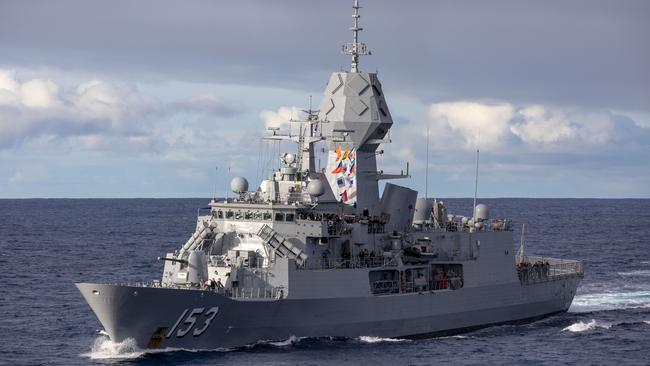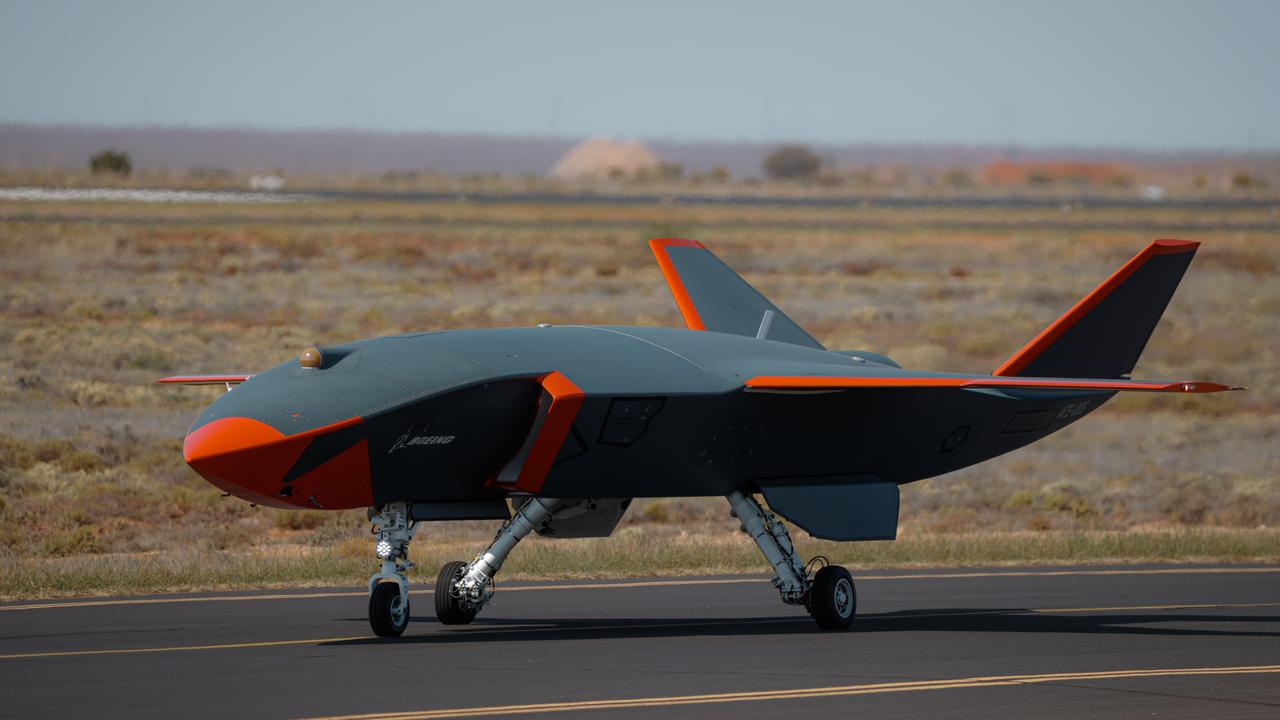Confused approach to future frigate purchase
The new $11bn project to acquire a fleet of general purpose frigates (GPF) is off to a shaky start with bidders having little idea about what the government wants.

The new $11bn project to acquire a fleet of general purpose frigates (GPF) is off to a shaky start with bidders having little idea about what the government wants. To date, the only information available is that the ships must be in service somewhere and that they need to be supplied to Australia as a matter of great urgency.
Four – or possibly five – designs from Germany, Japan, Korea and Spain have been shortlisted.
The confusion about the number of designs is because the independent review into the surface fleet listed Korea’s FFX Batch II and Batch III ships as one and the same, when in fact they are two distinct classes. This is a basic mistake because even cursory research shows that the Daegu class (Batch II) and Chungnam class (Batch III) are substantially different.
Adding to the confusion is the government’s insistence for off-the-shelf ships with no Australian-specific modifications what-soever. If this doctrine is imple-mented it will cripple the project at the outset because it will exclude Saab’s fleet-wide 9LV combat management system and radars from Canberra-based CEA. This will mean that the new frigates risk being less capable than the 30-year-old Anzacs that are being phased out sooner than expected.
On top of that comes the administrative nightmare of Australian naval certification of any ship prior to it being accepted into service. This requirement has crippled the delivery of Arafura Offshore Patrol Vessels (OPVs) – another rushed acquisition – with two out of six fully completed but sitting in the water while the builder Luerssen is snowed daily with demands for evermore documentation.
The government insists that the first Australian GPF be in the water by 2029. In naval shipbuilding terms this is very fast – and the only way to meet such an accelerated delivery schedule is for the first three ships to be built in the parent shipyard with a further eight constructed by Austal in Western Australia.
However, this mandate to use Austal has introduced further complications. One of the Korean bidders – Hanwha Ocean – has already made one unsuccessful offer for the shipyard and might come back with an increased price. Defence Minister Richard Marles says that the government is not concerned about the possibility of Korean ownership because the matter is purely commercial.
While the government is relaxed, this is definitely not the case for all of the other bidders who have expressed alarm about their design coming into the hands of a fierce commercial rival if they are selected for the project. Some have indicated that if Hanwha is successful, they will withdraw from the competition.
The mad rush to get a new class of frigate has been caused entirely by an absence of planning by Defence and successive governments. It has been known for at least four years that the delivery of the Hunter class would be very slow – and that the Anzacs would not last the distance. The project to replace the capability should have started in 2020, if not earlier, rather than now.
If GPFs are actually delivered, they will be about 4000 tonnes displacement, have at least 16 VLS cells and all the usual features such as a 5-inch main gun and embarked MH-60R Seahawk helicopter. While eleven is the preferred number, it might be necessary for reasons of cost to settle for eight.
The government blames the Coalition for the situation – which would be valid if not for the fact that Marles first agreed to a separate study into the surface fleet when it could simply have been part of the Defence Strategic Review. He then sat on the report for a further six months before making the response public. This has become a repeat pattern, particularly with naval projects, with procrastination then followed by panic.
However, there is a simple solution that the government has completely and bizarrely ignored: transition from the construction of Arafura OPVs to 2300 tonne corvettes of similar design. Luerssen has offered a heavily armed ship with a range of 6000 nautical miles based on two that they are currently building for Bulgaria, a NATO member with a proud military tradition.
These proposed corvettes have a lot of commonality with the Arafuras – such as the main propulsion, electrical systems, ship management equipment – and using the existing Australian supply chain the first one could be delivered in 2026 with the remainder coming off the WA production line at nine-month intervals. They could also be equipped with a 16-cell VLS as well as the 9LV CMS and CEA radars – lifting the local content to a remarkable 80 per cent.
Why such an obvious solution to the RAN’s self-made capability gap has been overlooked remains a mystery.


